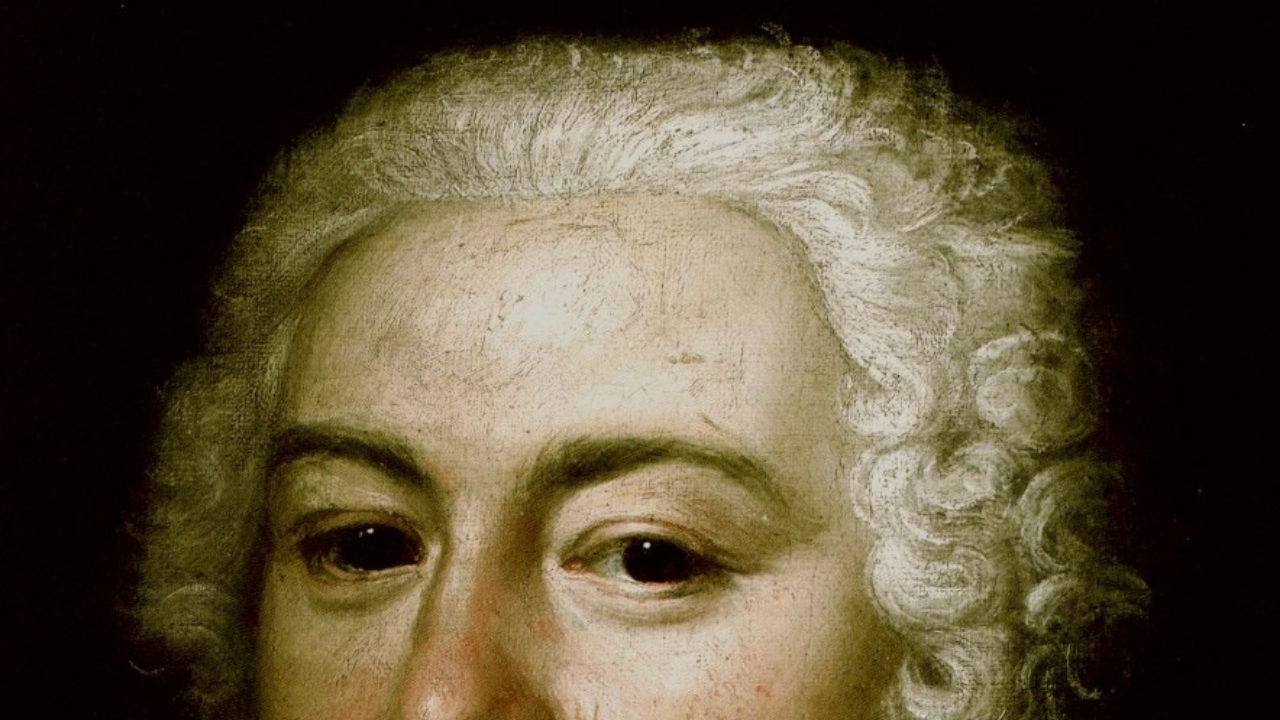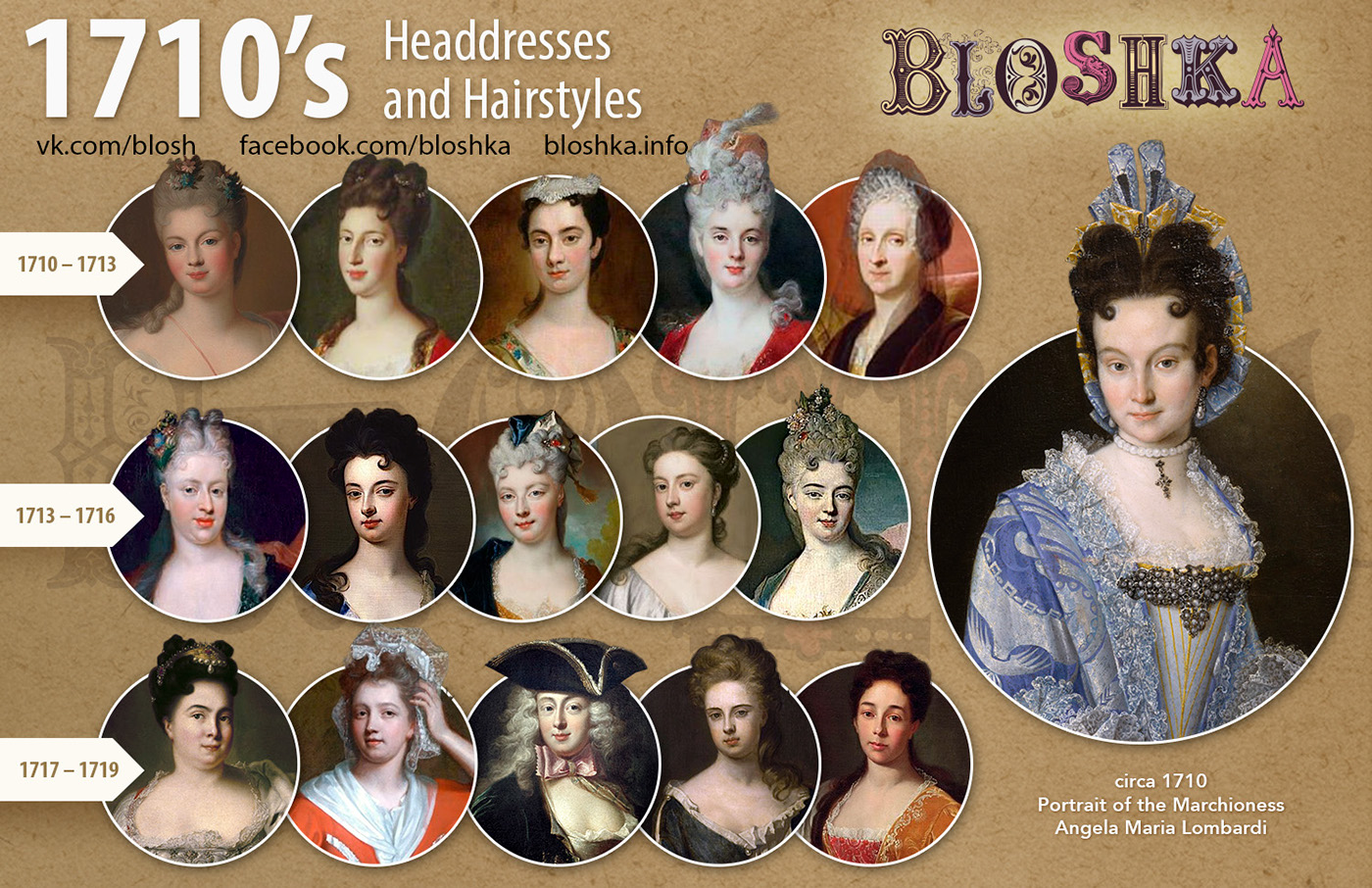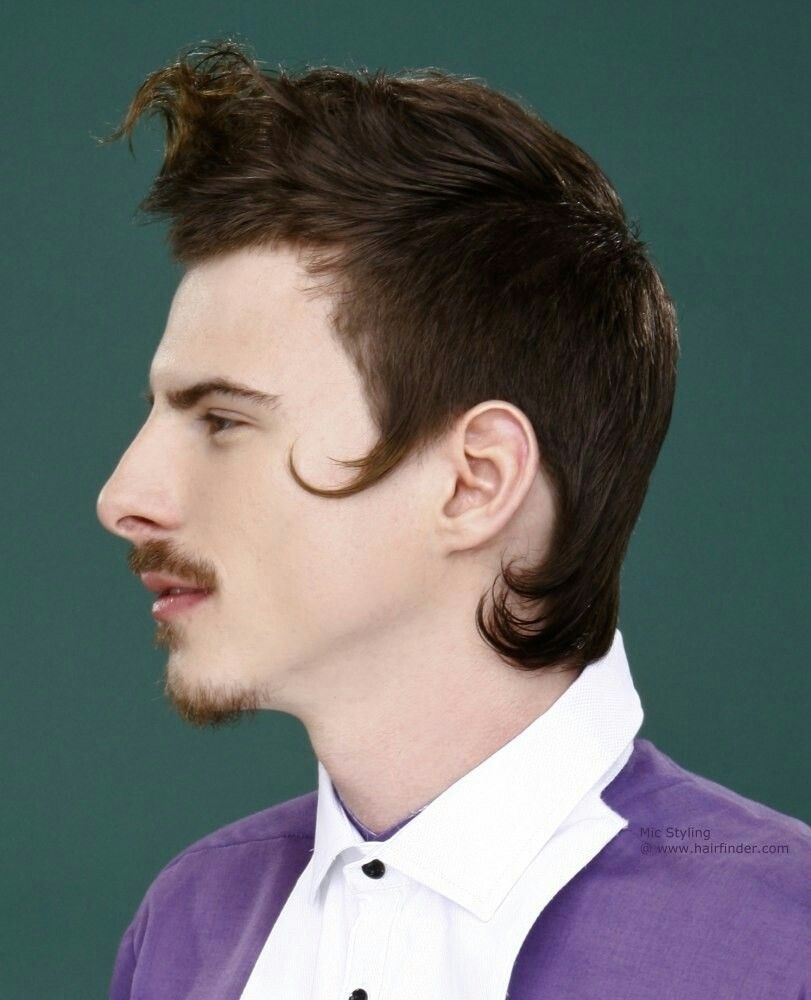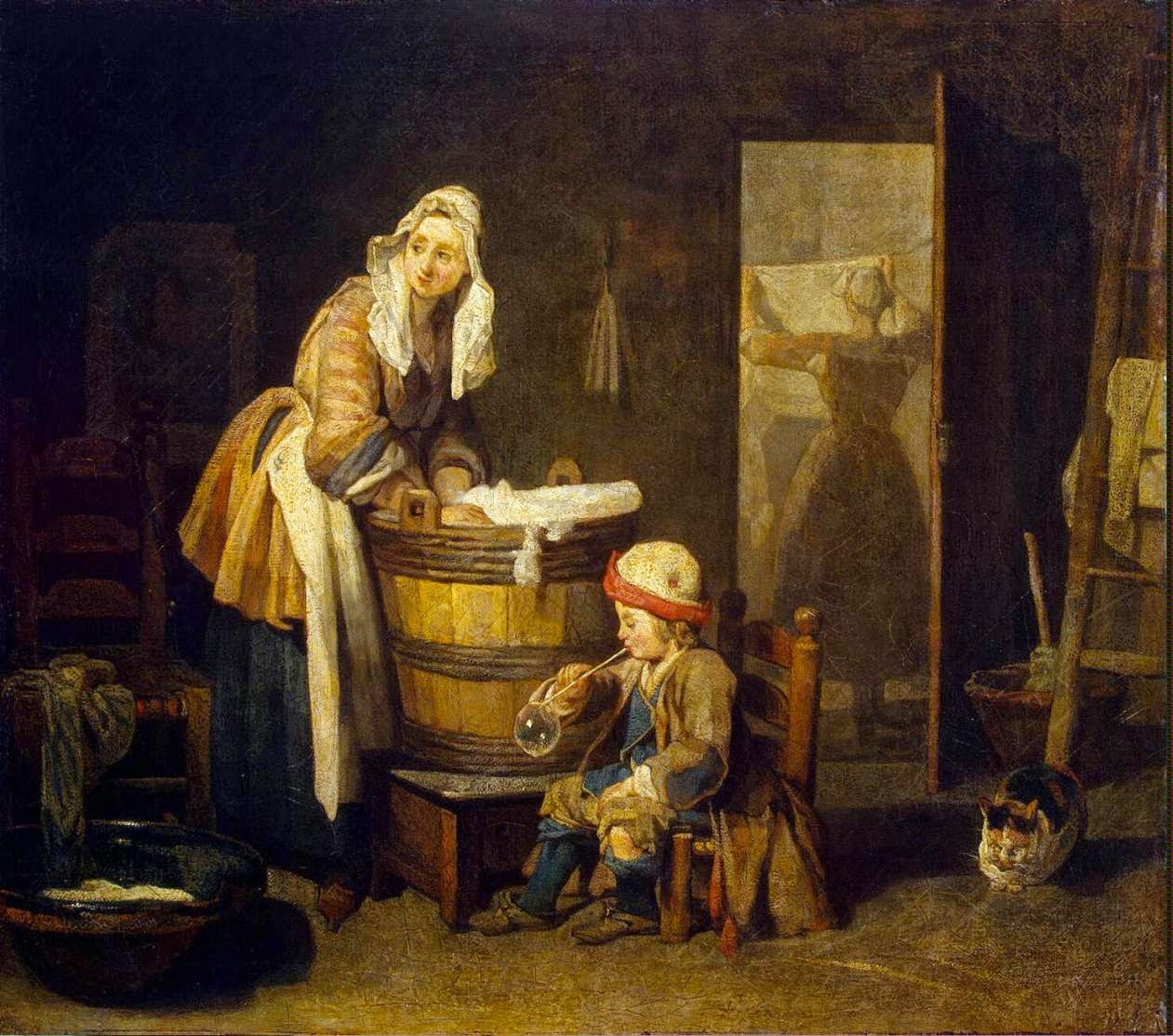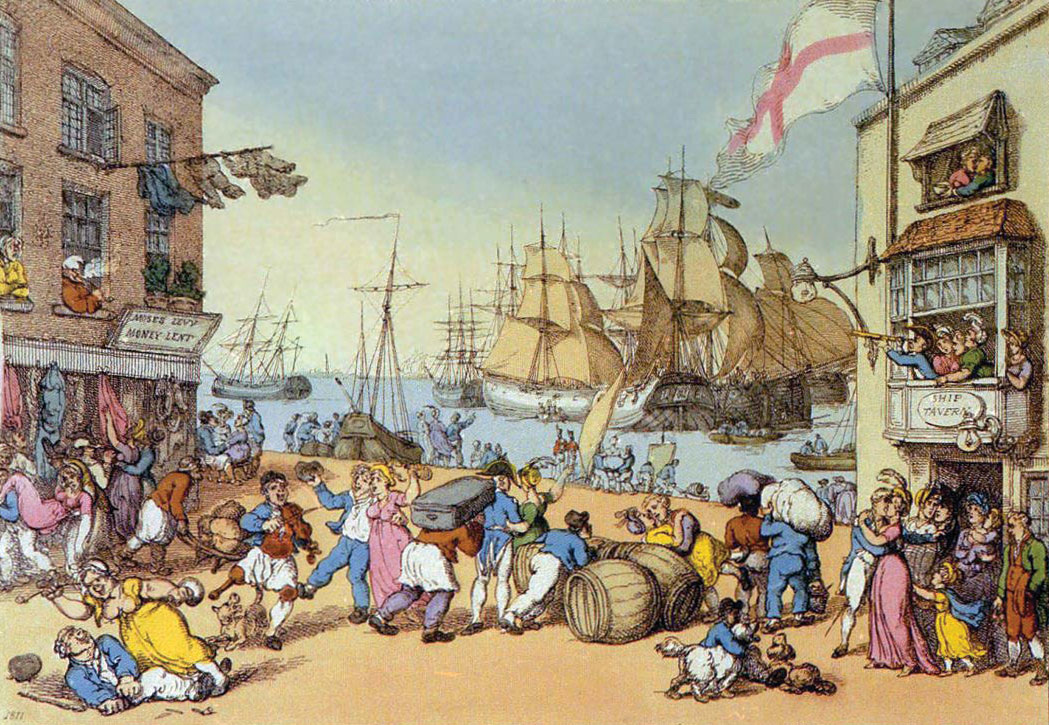Divine Info About 18th Century England Men's Hairstyles

In the late 18th century, short curls or frizzy hairstyles rose in.
18th century england men's hairstyles. For people of the lower class, their hair. These wigs were often powdered, sometimes with. It is an example of the relative simplicity in.
A gentleman’s suit. Men of fashion began to wear short and more natural hair at the end of the 18th century, sporting cropped curls and long sideburns in a classical manner much. See more ideas about 18th century men, 18th century, portrait.
Hairdressers curling woman’s hair, charles catton, 1780s. Mixing beards and wigs also risked an odd clash between ‘natural’ and ‘unnatural’ hair. Lockdown has really made my hair grow out, so watch me try and style my hair in the 18th century manner, you can follow along too!want to follow more of what.
The models for regency men’s hairstyles: Brief history of fashion in pictures. Early uk history in the united kingdom during the medieval era, men of the higher social classes had hair with loose curls.
Save the 18th century is one of those periods in history when fashion got extremely crazy. In the 18th century it became fashionable for women to wear a very tall wig adorned with pearls and ribbons. Men hairstyles at the eighteenth century:
Men's headdresses and hairstyles. As hair was brushed over a cushioned roll or worn over a frame in the 1770s, hairstyles grew higher. Every decade, court ladies tried to add something new to their wardrobe.
The 18th century was the age of elegance in men’s hair that was a pure reflection of dominating rococo style with its leading idea of «joie de vivre» (joy of living). Introduced by frederick william i for “the convenience of the soldiers” of his army, this “tie wig” is the style most usually associated with the 18th century. Variations of the pompadour style were popular for women in the late 18th century and again from the 1890s until world war i, and in the 1940s.
